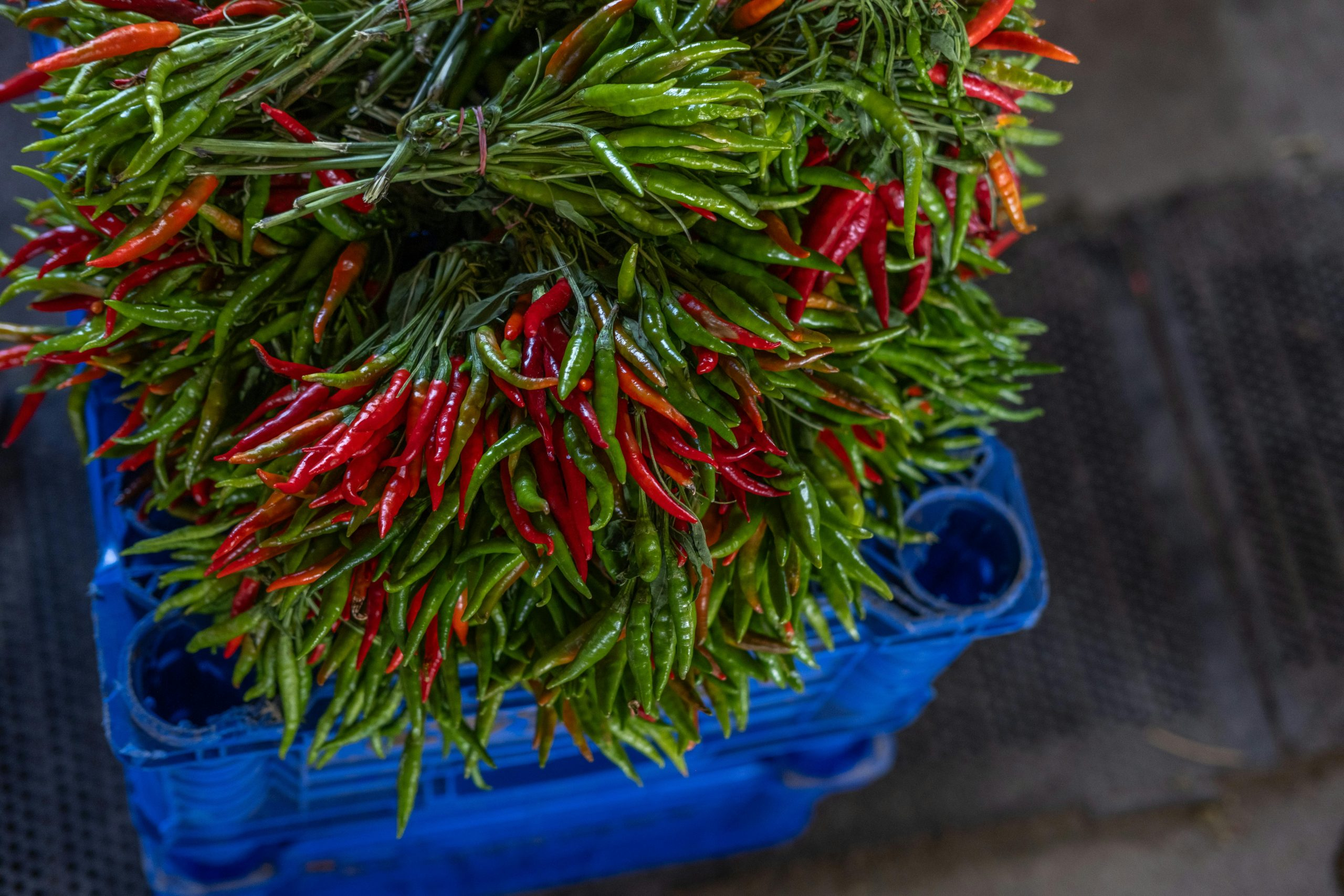Exploring the Spicy World of Different Chili Peppers
Are you a lover of all things spicy? Do you enjoy the sensation of a tingling tongue and beads of sweat forming on your forehead as you indulge in a fiery dish? If so, then you are no stranger to the world of chili peppers. These small, but mighty, fruits pack a punch of heat that can vary from a subtle kick to an explosive inferno. In this article, we will take a journey through the spicy world of different chili peppers, exploring their flavors, heat levels, and diverse uses. So, get ready to have your taste buds tingle and your senses awakened as we dive into the world of chili peppers.
The Origins of Chili Peppers
Chili peppers have been a staple in cuisines around the world for thousands of years. However, their exact origin is still a topic of debate. Some historians claim that chili peppers were first cultivated in Central and South America, while others believe they originated in Mexico. Nevertheless, one thing is for certain, chili peppers have been an essential part of human diets for a long time.
Chili peppers are members of the nightshade family, which includes tomatoes, potatoes, and eggplants. They are closely related to another spicy ingredient, the bell pepper, but what sets them apart is a chemical compound known as capsaicin. This compound is responsible for the fiery heat of chili peppers and is also the reason behind their numerous health benefits.
The Scoville Scale: Measuring Heat Levels
When it comes to chili peppers, the heat level can vary greatly. To measure the level of heat in chili peppers, a scale called the Scoville scale was developed in 1912 by a pharmacist named Wilbur Scoville. This scale measures the concentration of capsaicinoids in peppers and ranks them from 0 (no heat) to over 2 million (pure capsaicin).
The reigning champion of the Scoville scale is the Carolina Reaper, with a whopping 1.5-2.2 million Scoville Heat Units (SHU). To put things into perspective, a regular jalapeno pepper ranks at around 5,000 SHU, while a habanero pepper ranks at 100,000 – 350,000 SHU. So, if you want to venture into the world of extremely spicy chili peppers, proceed with caution and make sure to have a glass of milk on hand.
The Many Varieties of Chili Peppers
Now that we have established that chili peppers come in a range of heat levels, let’s take a look at some of the different varieties you can find in the spicy world. Each type of chili pepper has its unique flavor profile, so it’s always exciting to explore and experiment with different types in your cooking.
Jalapeno Pepper
One of the most popular chili peppers in the world, the jalapeno pepper has a vibrant green color and a mild to medium heat level. It is commonly used in Mexican dishes such as salsa, but it can also add a spicy kick to stuffed peppers and even margaritas. Jalapeno peppers are also a good source of vitamins A and C, making them not just delicious but also nutritious.
Serrano Pepper
If you are looking to turn up the heat a notch, then the serrano pepper is the one for you. These small, elongated, green peppers have a heat level ranging from medium to hot and are commonly used in spicy salsas and stews. They are also a great addition to pickled vegetables or as a garnish on top of tacos and burritos.
Habanero Pepper
Known for their vibrant orange color and intense heat, habanero peppers are not for the faint of heart. With a Scoville rating of 100,000 – 350,000 SHU, these peppers should be used sparingly and with caution. However, if you can handle the heat, you will be rewarded with a fruity flavor that pairs well with tropical fruits, such as mangoes and pineapples. Habanero peppers are also popular in Caribbean and South American cuisines.
Ghost Pepper
The name says it all – the ghost pepper is not to be taken lightly. With a heat level of 1 million SHU, this chili pepper is not for the faint of heart. It has a wrinkly, red skin and a flavor that is described as smoky and slightly fruity. Ghost peppers are commonly used in Indian and Thai cuisines, but be sure to use them sparingly to avoid setting your mouth on fire.
Using Chili Peppers in Your Cooking
Now that we have explored some of the different chili pepper varieties, it’s time to discover how you can use them in your cooking. While chili peppers are commonly known for adding heat to dishes, they also bring unique flavors and can be used in a variety of ways.
Fresh chili peppers can be used in salsas, sauces, and marinades to add heat and flavor. They can also be roasted, grilled, or sautéed to bring out their natural sweetness and smokiness. Dried chili peppers can be ground into a powder and used as a spice, or rehydrated and added to stews and soups for depth of flavor.
In some cuisines, chili peppers are pickled and added to dishes as a condiment. In others, like in Mexico, they are often used in hot sauces, such as salsa verde and pico de gallo. Chili peppers can also make an appearance in cocktails, adding a spicy twist to classic drinks like bloody marys and margaritas.
In Conclusion
Chili peppers are a versatile and exciting ingredient that adds not just heat, but also flavor and depth to dishes. From mild to extremely spicy, there is a chili pepper to suit every taste. So, the next time you are in the grocery store, grab a few different varieties and start exploring the spicy world of chili peppers in your cooking. Your taste buds will thank you.
Did you enjoy this article on exploring the spicy world of different chili peppers? Let us know in the comments below. And don’t forget to share your favorite ways to use chili peppers in your cooking. Happy exploring!










